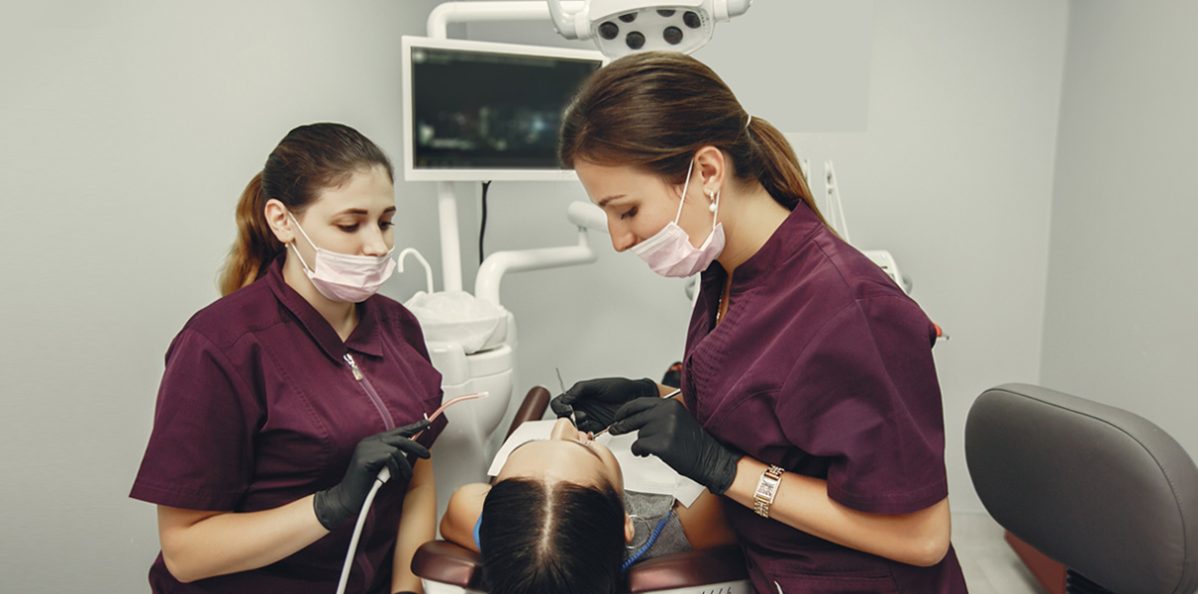What Does IV Sedation Feel Like : Here’s What You Should Know

Many people postpone needed dental care because anxiety keeps them out of the chair. Gentle techniques and modern medication have made that fear less of a barrier than ever. Patients searching for sedation dentistry in Dallas, TX often wonder about their actual experience once the IV is started. This article answers those concerns with clear, medically accurate details so you can decide with confidence.
What Is IV Sedation?
Intravenous conscious sedation is a technique in which a carefully titrated sedative flows through a vein, producing a deep state of relaxation without full loss of consciousness. You remain able to respond to verbal cues, yet your memory of sounds, smells, and lengthy procedures becomes hazy. Licensed professionals monitor oxygen saturation, blood pressure, and heart rhythm throughout, adjusting medication in real time. Because the drug enters the bloodstream directly, its onset is faster and easier to control than with oral pills or inhaled nitrous oxide.
Key Advantages
- Rapid effect – calmness develops within minutes.
- Adjustable depth – doses can be increased or paused on the spot.
- Amnesia – events feel distant or entirely forgotten afterward, a major benefit for lengthy restorative work.
Sensations During IV Sedation
Many first-time patients ask, what does IV sedation feel like before the appointment. Most describe a gentle warmth in the arm followed by a floating sensation. Vision softens, peripheral sounds fade, and time seems to shorten dramatically—you may perceive a two-hour procedure as lasting only a few minutes. Importantly, you do not feel “knocked out” the way you might with general anesthesia; instead, it resembles drifting through a pleasant daydream.
When the sedative has taken full effect, a numbing agent is used to anesthetize the area requiring dental work. Because your anxiety is controlled, the tiny injection feels like minimal pressure rather than a “shot.” If the dental team asks you to turn your head or open wider, you can cooperate easily, yet the memory seldom sticks.
Comfort Level and Pain Concerns
A common worry is whether the intravenous line or the treatment itself will hurt. The IV involves a single sterile needle similar to a routine blood test. After that point, discomfort is rare because the sedative dulls stimulus perception. Local anesthesia blocks nerve transmission in the procedure area, so drilling, grafting, or extraction pressure registers only as distant vibration. Should you show signs of distress—such as raised heart rate—the clinician simply adjusts the dosage.
Patients also ask, is IV sedation painful or uncomfortable afterward? Mild grogginess is typical for a few hours. Because medications are metabolized quickly, most adults resume light activities the next morning, though driving is prohibited until the following day.
Safety Measures and Candidate Screening
Is IV sedation safe? When provided by a qualified team the answer is yes for the vast majority of healthy adults. Pre-operative screening includes medical history, current medications, and an assessment of airway anatomy. Continuous pulse oximetry and ECG monitoring add further safeguards. Emergency drugs and oxygen are on hand, though severe complications are exceedingly uncommon.
Relative contraindications include uncontrolled hypertension, certain respiratory disorders, and first-trimester pregnancy. People with complex medical conditions are still potential candidates but may be treated in a hospital setting.
To maximize safety:
- Follow fasting instructions—usually no solid food for six hours pre-procedure.
- Arrange transportation—sedatives impair reflexes longer than you may feel them.
- Disclose all supplements and prescriptions—some interact with benzodiazepines or opioids.
The Role of After-Care
Comfort continues at home with simple guidelines: rest, hydrate, and avoid alcohol for twenty-four hours. Soft foods are recommended while local numbness resolves to prevent accidental cheek biting. A follow-up call from the office the same evening confirms you are recovering without nausea, bleeding, or unexpected swelling.
Home care questions are best directed to your treating dentist in Dallas, TX because individualized instructions may differ slightly based on the kind of procedure performed—implant placement, crown preparation, or periodontal surgery.
Final Thought
If the question what does IV sedation feel like has kept you from scheduling needed treatment, remember that most people experience only drowsy comfort and vague memories. Rigorous monitoring, customized dosing, and decades of research make the technique both effective and safe. One appointment can address multiple issues in a single sitting, saving you time and minimizing anxiety long term. Lakewood Family Dental Care – Dallas welcomes nervous and busy patients alike, offering evidence-based sedation options that help restore oral health without fear. Take control of your smile and meet your dental goals on your terms.